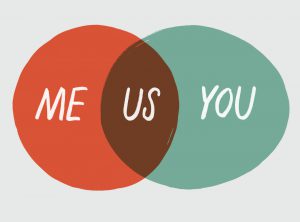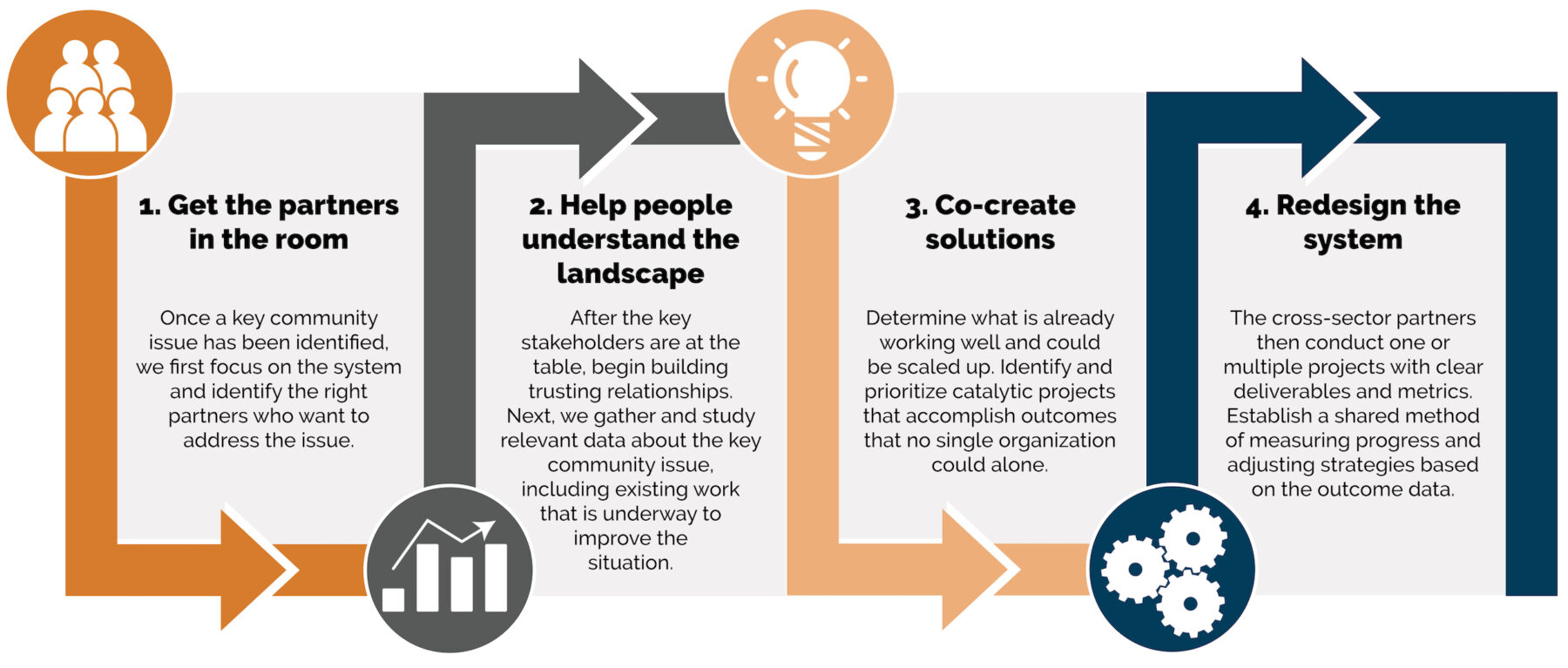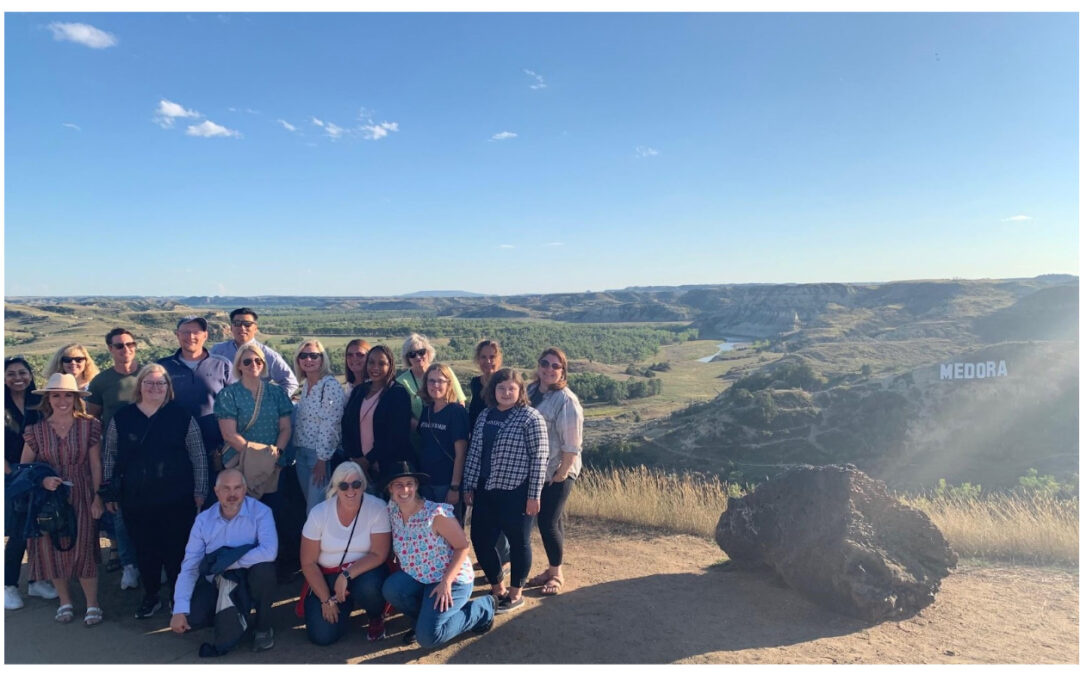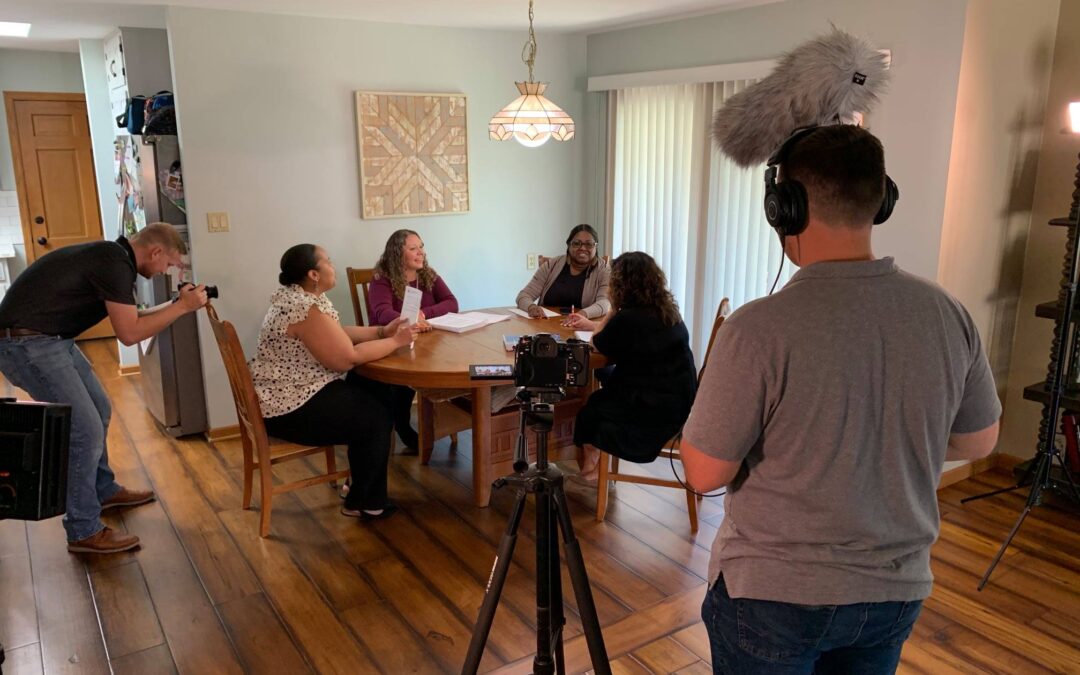 With the continued growth of non-profits over the past several years (as we recently discussed in this blog article), some organizations view themselves in competition with other community organizations. While this might not be the intention of Executive Directors or board members, often non-profits are competing for funding, clients, and even volunteers. However, a new trend is starting to emerge where non-profits are cooperating in partnership and not competing.
With the continued growth of non-profits over the past several years (as we recently discussed in this blog article), some organizations view themselves in competition with other community organizations. While this might not be the intention of Executive Directors or board members, often non-profits are competing for funding, clients, and even volunteers. However, a new trend is starting to emerge where non-profits are cooperating in partnership and not competing.
Our office is doing a book club, and the current book that we are reading is Forces for Good: The Six Practices of High-Impact Nonprofits by Leslie Crutchfield and Heather McLeod Grant. In their research of exemplary non-profits across the nation, they identified six effective practices identified in all twelve high-performing non-profits. One of the six effective practices identified is the importance of nurturing the non-profit networks.
All twelve exemplary organizations were not just focused on making their non-profit the best, but working to build formal and informal non-profit networks to advance their mission and cause. Some might think that this is contrary to what makes a high-performing non-profit (to focus externally instead of internally).
Benefits of Cultivating Non-profit Networks
- Greater ability to impact social change
- Increased workforce of allies with shared knowledge and skills
- Expansion of funding opportunities through partnerships
- Unified force working toward common goals
- Extended support outside your organization
- Increased public awareness
Are you interested in developing a non-profit network? Crutchfield and McLeod outline four strategies to nurture this network:
- Grow the pie – Funders are very interested and supportive of joint partnerships for programming and services. Focus on expanding funding for the greater cause over your individual organization in order to achieve greater impact for the cause. This can be done through joint grant applications, redistributing funds to other organizations, or partnering with other non-profits in their fundraising efforts. High-impact non-profits will often serve as the “backbone” fiscal support for the network.

- Share knowledge – Consider other non-profits as allies and share your expertise, research, etc. to strengthen the system. In looking toward a collective impact model, having a network that is consistent with related knowledge only helps further the cause.
- Develop leadership – Often non-profits have one leader that holds all of the knowledge, including historical knowledge of trends and partnerships. It is essential to cultivate the leadership of the next generation across the network. Again, this strengthens the cause by increasing the capabilities of the workforce.
- Work in coalitions – Often the causes that non-profits are working to address are complex and multi-faceted. Once a non-profit network is established, the next step is to broaden the network. It takes a unified community to make change happen and to sustain its impact.
There is no question that leading a non-profit organization is a challenge, and the concept of developing a network of non-profits might seem too hard to conceptualize. Building a strong network of non-profits to collaborate with is a great strategy to expand the social impact of your cause. Looking to other non-profits as allies in the overarching goal of improving the community and offering your strengths to them will create a unified, cohesive network that together can mobilize the entire community and sustain a greater impact.
At Transform Consulting Group, we work with many non-profits on program development, which often includes an emphasis on cultivating partnerships with local organizations. If you are interested in learning more about cultivating partnerships and the collective impact model, contact us today for a free consultation!





